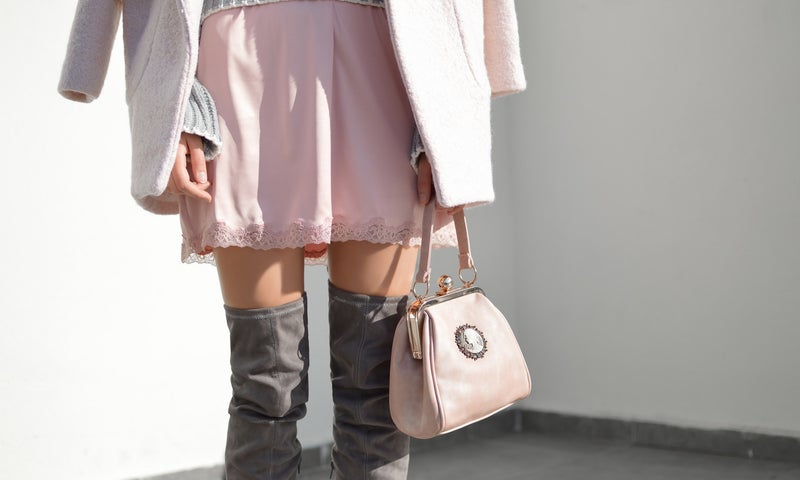
In a world that's evolving towards greater inclusivity and acceptance, the influence of gender stereotypes continues to linger, even in the most unexpected places—children's bag choices. The bags they choose are more than just accessories; they reflect societal expectations and shape their perceptions of gender roles. Let's delve into the profound impact of gender stereotypes on children's bag preferences and why it's time to break free from these confines.
1. The Pink vs. Blue Dilemma
From an early age, children are bombarded with messages about what's "appropriate" for their gender. The association of pink with girls and blue with boys has become deeply ingrained. It's no surprise that girls' bags are often saturated with shades of pink and pastels, while boys' bags lean towards dark hues and bold patterns. This distinction influences children's bag choices and inadvertently restricts their freedom of expression.
2. Reinforcing Gender Norms
When children's bags are categorized as "girls' bags" or "boys' bags," it reinforces the idea that certain designs and colors are exclusive to a particular gender. Girls may feel pressured to choose bags adorned with princesses or unicorns, while boys might shy away from bags with floral patterns. These restrictions limit their creative expression and perpetuate the notion that interests and preferences should be confined to predetermined boundaries.
3. Impact on Self-Expression
Children's bags should be a means of self-expression and an avenue for showcasing their unique personalities. However, gender stereotypes can stifle this individuality. When kids are expected to adhere to gender norms in their bag choices, they might feel compelled to conform rather than express themselves authentically. This has the potential to hinder their self-confidence and self-discovery.
4. Missed Opportunities for Learning
Children learn about diversity and acceptance through their interactions with the world around them, including the products they use. When bags are strictly gendered, it sends a message that differences are to be segregated rather than celebrated. By promoting a more inclusive range of bag designs, children can learn to appreciate and respect the diversity of interests and preferences in their peers.
5. Limiting Career Aspirations
Children's bag choices can inadvertently shape their perceptions of what they're "supposed" to be interested in. Backpacks adorned with tools and vehicles may subconsciously discourage girls from considering careers in STEM fields, while boys may feel reluctant to express an interest in creative or nurturing pursuits. This perpetuates stereotypes that have real-world consequences on their aspirations and choices.
6. Fostering Empowerment Through Choices
Breaking free from gender stereotypes in children's bags is not just about aesthetics—it's about empowerment. When children are given the freedom to choose bags based on their interests rather than gender norms, they develop a sense of agency and control over their personal expression. This empowerment carries over into other aspects of their lives, helping them challenge stereotypes and pursue their passions fearlessly.
7. A Call for Change
As society becomes more aware of the impact of gender stereotypes, there's a growing movement towards gender-neutral products. Brands and designers are recognizing the need to offer a broader range of options that cater to diverse interests and tastes. By providing children with bags that celebrate a variety of colors, patterns, and themes, we can encourage them to explore their preferences without the limitations of outdated norms.
Children's bag choices are not trivial—they're a reflection of the world they're growing up in and a canvas for their self-expression. Gender stereotypes in bags can inadvertently restrict their creative freedom, limit their self-expression, and perpetuate harmful norms. By embracing inclusivity and offering a wider spectrum of bag designs, we empower children to break free from these confines and embrace their interests and preferences without fear of judgment.
As parents, educators, and society at large, it's our responsibility to ensure that every child has the freedom to choose a bag that reflects their unique identity, unburdened by the constraints of gender stereotypes.
Add comment
Comments